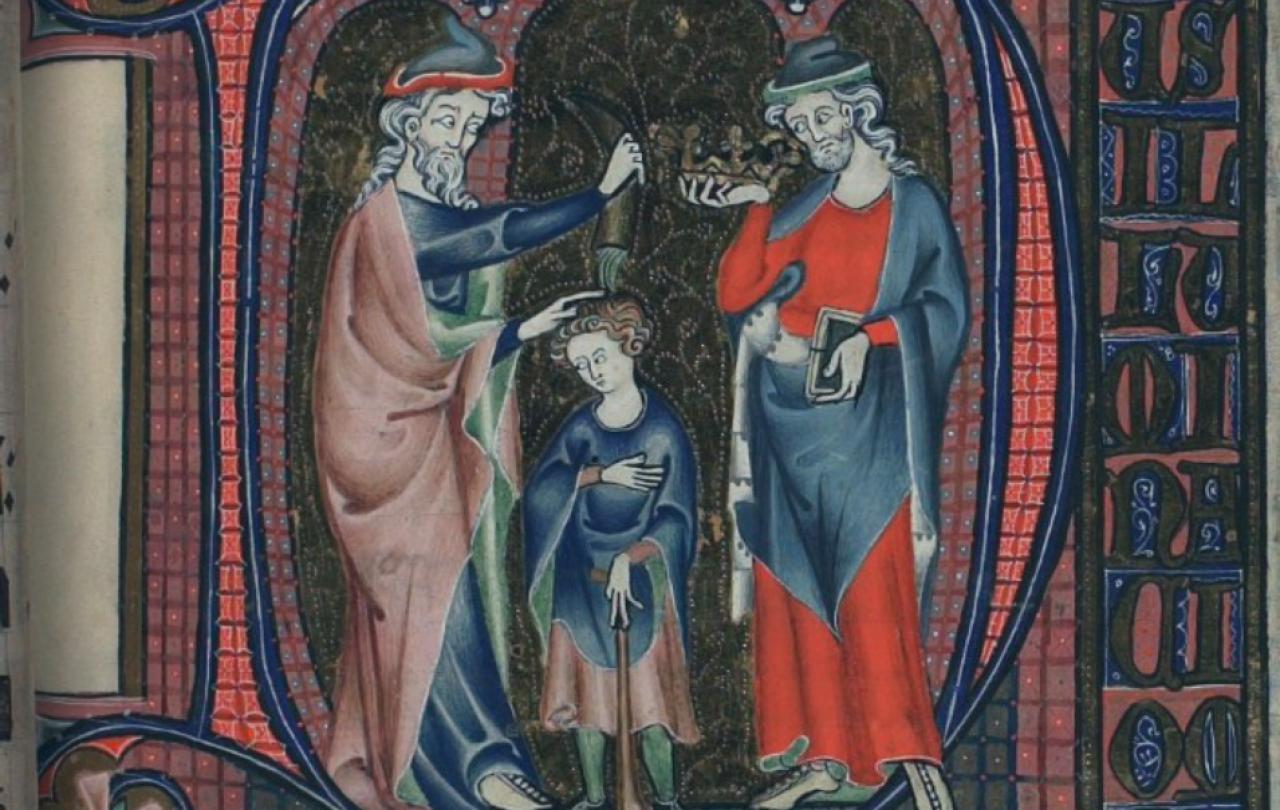The Sainsbury Wing of the National Gallery has recently reopened after closure for two years for building works. There was controversy over the designs for the Sainsbury Wing in the planning stage but its use, once built, to tell the story of the early stages in the development of Western art was widely welcomed and appreciated.
The story that it told is essentially the story of Christian art and so the reopening of the Sainsbury Wing together with the rehanging of the National Gallery’s collection provides an opportunity to review that story. As a result of the completed work over 1,000 works of art - a larger proportion of the collection than has been previously displayed - trace the development of painting in the Western European tradition from the 13th to the 20th centuries from beloved favourites to paintings never previously seen in the National Gallery.
The Sainsbury Wing features works from the medieval and Renaissance periods. Painting came of age during this time. It moved from manuscript illumination to images on panel and canvas, overtaking metalwork, tapestry and sculpture as the most popular and prestigious art form in Europe.
An opening room contains works from the 14th to the 16th centuries, including The Wilton Diptych and Leonardo Da Vinci’s The Virgin of the Rocks, which together ask visitors to consider the full spectrum of what painting can do. This introductory room gives a sense of what these paintings were for and how they were used. Painting’s rise in status was due to all the things it can do such as tell complex stories, convey human emotions, fool the eye, capture a likeness, make viewers laugh, weep, pray and think. This room provides a sample of those achievements and the various functions painting fulfilled.
Throughout the Sainsbury Wing, new display cases are used to show paintings as objects viewed from all sides, not simply as flat panels on walls. Medieval altarpieces often had winged panels that could be opened or closed depending on the season or occasion. An example is included here to show how such hinged panels were used.
From this introductory room spanning the period, visitors can follow either a Northern European route or Italian route around the space, enabling influences between both to be highlighted. The key change explored on both routes is that artists in this period began to create a convincing illusion of reality in their paintings.
The earliest paintings in the National Gallery Collection were made in central Italy nearly 800 years ago. These naturalistic and intimate images of love, grief and suffering responded to a new interest in the humanity of Christ. A chapel-like space is entirely dedicated to Piero della Francesca whose work, with its cool colour palette and keen sense of space and light, possesses a dignified solemnity. Another room focuses on the spiritual power of gold-ground scenes of devotion, exploring the way gold in paintings was used to evoke the timeless, spiritual significance of Christ, the Virgin and saints, and set these holy figures apart from our world.
The galleries in the Sainsbury Wing were designed to evoke, for visitors, a Renaissance Basilica. Its architectural features make it possible to display paintings in a similar way to how they would have originally been encountered. The central galleries form the nave of the basilica and all the altarpieces displayed are now there. These galleries are devoted to works made in Florence, Venice, and Siena. The early Florentine room represents the principal point of departure for this new art. In the Venetian room we see the development of perspective, while the Siena room resembles a side chapel in the basilica.
An altarpiece made for the church of San Pier Maggiore in Florence by Jacopo di Cione and his workshop has been reconstructed and sits on an altar-like plinth to evoke the view of it originally seen by worshippers. Predella panels by Fra Angelico are displayed in a case in front of this altarpiece giving an indication of the way in which predellas interacted with a larger, grander altarpiece. The positioning of these two works also illustrates the movement in terms of realism found in the paintings of this period. The Ascension scene on the altarpiece depicts a statue-like ascended Christ while Fra Angelico’s resurrected Christ in the predella is more realistically floating in the air.
In a first for the National Gallery, Segna di Bonaventura’s Crucifix is visible down the central spine of the Sainsbury Wing, suspended from the ceiling. This enables today’s audiences to view the work in the way it would have been seen in the 14th century. Painted crucifixes were common in 13th- and 14th-century Italian churches, often displayed high-up like this one. Rood screens on which such crucifixes were originally placed were often destroyed in the Counter Reformation, which led to crucifix’s then being hung from the ceiling, as is the case here.
The rehang also presents several works back on display after long-term conservation projects. The Martyrdom of Saint Sebastian by Antonio del Pollaiuolo and Piero del Pollaiuolo is back on show after nearly three years of conservation and scientific examination.





